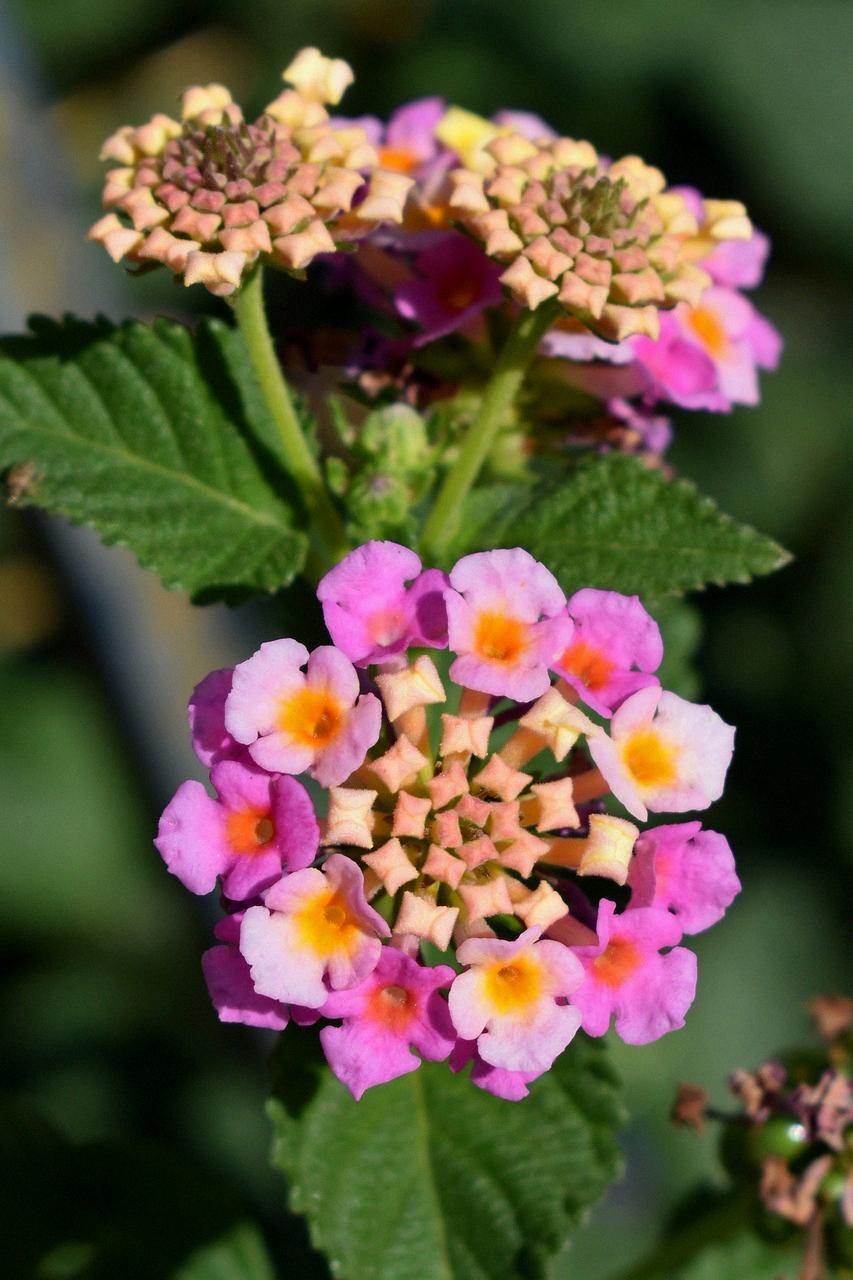Planting lantana in your garden can add a splash of vibrant colors and fill the air with a sweet fragrance. If you’ve recently purchased a lantana plant and are wondering how to plant it in the ground, you’ve come to the right place. Follow these step-by-step instructions to ensure your lantana thrives in its new home.
Step 1: Choose the Right Spot
Before you start planting, select a suitable location for your lantana. These sun-loving plants thrive in full sunlight, so choose a spot in your garden that receives at least six to eight hours of direct sunlight daily. Ensure the soil is well-draining to prevent waterlogging, which can lead to root rot.
Step 2: Prepare the Soil
Prepare the planting area by loosening the soil to a depth of about 12 inches. Remove any weeds, rocks, or debris that may hinder the plant’s growth. Additionally, consider amending the soil with organic matter, such as compost, to improve drainage and soil fertility.
Step 3: Remove the Plant from the Container
Gently remove the lantana plant from its nursery container, being careful not to damage the roots. If the plant is root-bound, gently tease out the roots to encourage outward growth and prevent them from encircling the root ball.
Step 4: Set the Plant in the Hole
Dig a hole in the prepared soil that is slightly larger than the plant’s root ball. Place the lantana in the hole, ensuring that the top of the root ball is level with the surrounding soil. This will help prevent the plant from becoming too deep or too shallow in the ground.
Step 5: Backfill the Hole
Backfill the hole with the soil you removed, gently tamping it down to remove air pockets around the roots. Avoid packing the soil too tightly, as this can restrict root growth. Water the newly planted lantana thoroughly to help settle the soil and hydrate the roots.
Step 6: Mulch Around the Plant
Apply a layer of organic mulch, such as bark chips or shredded leaves, around the base of the plant. Mulching helps retain soil moisture, suppresses weeds, and regulates soil temperature. Leave a small gap between the mulch and the plant’s stem to prevent rot and pests.
Step 7: Water Regularly
After planting, water the lantana regularly to keep the soil evenly moist but not waterlogged. Established lantanas are drought-tolerant, but newly planted ones require consistent moisture to help them establish a strong root system.
Step 8: Provide Fertilizer as Needed
During the growing season, consider fertilizing your lantana plant with a balanced fertilizer to promote healthy growth and prolific flowering. Follow the manufacturer’s instructions for application rates and frequency, and avoid overfertilizing, as this can lead to excessive foliage at the expense of flowers.
Step 9: Prune Regularly
Pruning lantana plants encourages branching, improves airflow, and promotes continuous blooming. Remove spent flowers regularly to prolong the flowering period and prevent the plant from using energy to produce seeds. Additionally, trim back any leggy or overgrown branches to maintain a compact and bushy shape.
Step 10: Monitor for Pests and Diseases
Keep an eye out for common pests, such as aphids, spider mites, and whiteflies, which can affect lantana plants. If you notice any signs of pest infestation, treat the plant with insecticidal soap or neem oil. Additionally, watch for symptoms of diseases, such as powdery mildew or leaf spot, and take appropriate measures to prevent their spread.
Step 11: Enjoy Your Blooming Lantana
With proper care and maintenance, your lantana plant will reward you with an abundance of colorful flowers throughout the growing season. Sit back, relax, and enjoy the beauty and fragrance that these charming plants bring to your garden.
Step 12: Share Your Success
Once your lantana plants are thriving and blooming, consider sharing your success with friends and fellow gardeners. Whether through social media posts, garden tours, or plant swaps, spreading the joy of gardening and the beauty of lantanas can inspire others to cultivate their green thumbs and enhance their outdoor spaces.

